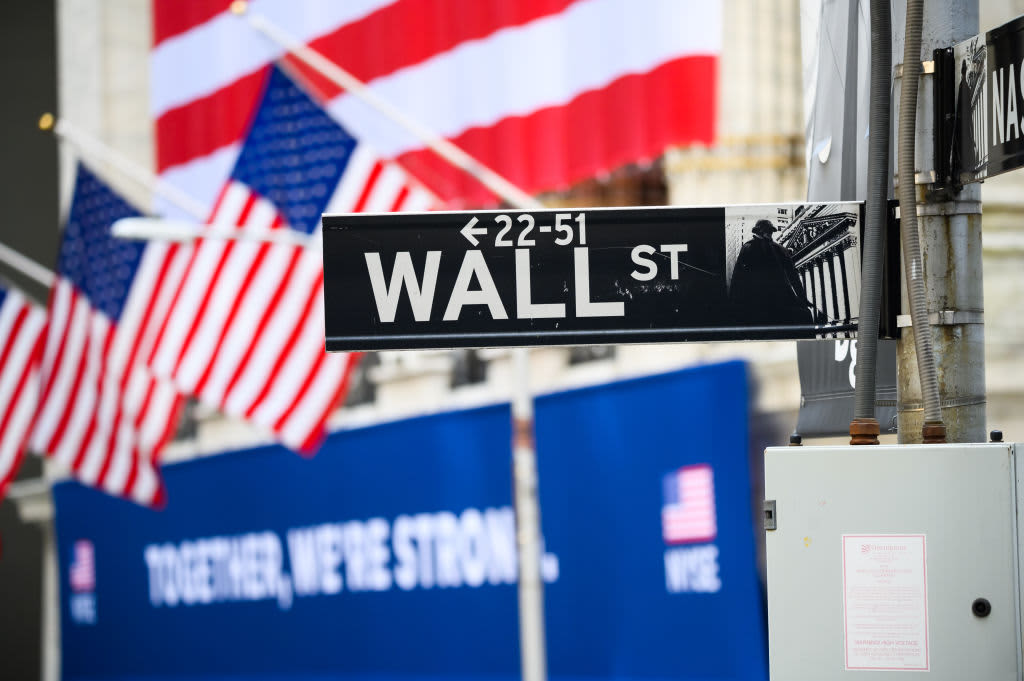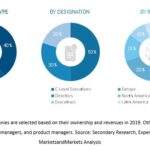
Understanding the United State Financial Market is critical to protecting the country’s economy. It is important to understand the types of business enterprises found in the United States and how they are regulated. You should also understand the impact of government and trade wars on the U.S. market. Then you can decide how to protect yourself from these risks.
Common forms of business enterprise in the U.S.
There are several types of businesses in the United States, including limited liability companies, corporations, and sole proprietorships. Some are small, industry-specific operations, while others are large, global operations. Companies such as Apple and Walmart are common examples of successful business enterprises. A business is any entity that operates for commercial reasons, and usually involves selling products or services. A business concept can begin with an idea and may require extensive market research and planning before it becomes a viable business.
The most common form of business is the sole proprietorship, which is a single-owner company. Sole proprietorships do not require formal paperwork to form, and can provide little in the way of competitive benefits. Partnerships, on the other hand, are business entities with more than one owner. These businesses do not have to file any paperwork, but there may be limitations as to the names of partners. In any event, a formal partnership agreement will outline ownership shares, rights, and obligations.
A corporation is the most complex business structure. The owners are called shareholders, and shareholders invest in the business by purchasing shares of stock. Each share represents a certain percentage of the company. For example, 30 shares of stock will give a shareholder 30 percent of the company. The owners elect a board of directors, which is made up of shareholders. They elect the company’s top executives and hold them accountable for achieving the company’s goals. A corporation has its own legal entity and can be a C corporation, S corporation, or limited liability corporation.
Another type of business enterprise is a limited liability company, which is a legal entity that has unlimited owners. Like a corporation, LLCs also require insurance to protect the owners against lawsuits. The only major difference between LLCs and corporations is that the owners of LLCs have limited personal liability for the company’s debts. In contrast, sole proprietorships and partnerships are owned by individuals, which means that they bear all of the responsibility for any business debts.
There are a number of business structures available, and most business owners choose one of them. Choosing a particular structure is crucial for the longevity of a company and the rights of its participants. It also determines the company’s legal liabilities and income tax return form.
Regulation of financial markets
The current financial crisis has prompted a new debate over financial regulation. While many policymakers are considering short-term measures to restore financial stability, others advocate a longer-term overhaul. One example is the recent proposal by Treasury Secretary Henry M. Paulson to eliminate the Office of Thrift Supervision and merge it with the Securities and Exchange Commission. Nevertheless, this plan has many critics who see it as an unnecessary federal intervention.
In the US, financial regulation is complex and fragmented. There are federal agencies, hundreds of state regulators, and dozens of industry-sponsored self-regulating associations. As a result, regulatory jurisdictions often overlap, and most firms report to multiple regulators. In some cases, firms report to none at all. The overlapping jumble of laws and standards can be confusing, even for sophisticated students of the system.
The Federal Reserve oversees the financial sector. Its role is to maintain the stability of the banking system and prevent fraud. Other government agencies monitor the performance of companies and supervise the conduct of financial institutions. The Federal Reserve oversees the commercial banking industry, while the FINRA and SEC regulate stock markets.
While these agencies are essential to protect consumers and investors, their effectiveness has sometimes been questioned. While they are essential for protecting investors, regulations can hamper economic growth. Financial regulators must strike a balance between the need for the economy to function efficiently and the need to protect the public. However, they are largely effective in protecting consumers and ensure that laws are followed.
Financial regulation can have significant implications for the federal budget. It impacts the cost and availability of financing and can influence the likelihood of a future financial crisis. Furthermore, it has indirect economic effects that feed back into the federal budget. Therefore, it is important to assess the costs and benefits of financial regulation.
Although the benefits of SOX are not completely understood, it is obvious that the law will have a big impact on companies and investors. While it is beneficial for consumers, it is also a significant burden for financial institutions and businesses. In particular, Section 404 of SOX will impact the quality of internal control systems. It is estimated that the cost of SOX will total $1.4 trillion.
Impact of trade war on U.S. financial markets
The recent trade war between the U.S. and China has raised trade tensions globally. The two countries have imposed large-scale import tariffs on each other, resulting in lower economic output and business confidence. This study examines the impact of trade war news on a variety of financial markets, including high-yield bond spreads, long-term Treasury rates, and US stock prices.
Financial markets across the globe are already feeling the strain. Equity markets, in particular, have become increasingly reliant on central banks to provide liquidity. In addition, global growth could be undermined, as demand for crucial inputs declines. The trade war could destabilize the global economy.
The biggest impact will likely be felt by businesses. Since many US businesses rely on imported goods, these tariffs will increase their costs and make it less attractive for companies to invest in the U.S. Meanwhile, the reciprocal tariffs will lower overseas demand, which would be bad for exporters. Although most tariffs were announced earlier in July, they will most likely take effect over the next couple of months.
Ultimately, the trade war is bad for US growth. A significant decoupling between the United States and China would lead to lower GDP and employment. The US economy would produce $1.6 trillion less real GDP over the next five years. The long-term effects would eat away at economic growth, as the economy would grow more slowly and productivity would decline. In addition, the trade war could lead to increased layoffs. Currently, 12 million U.S. workers owe their livelihoods to exports.
President Trump’s trade war with China started in early 2018, when he threatened to levy tariffs of up to 25% on $60 billion of Chinese goods. In response, China began imposing tariffs on other items. In addition to these tariffs, Trump also threatened to increase tariffs on Chinese electronics and apparel.
The trade war will have global consequences. All countries and industries will be affected by it, and some will be winners and others will lose out. It will slow down the global economy and harm local businesses.
Impact of government on U.S. financial markets
While free markets are characterized as having little government interference, governments do play an important role in the economy. They provide institutional frameworks and enforce property rights. They also intervene when the market isn’t functioning properly. They may provide bailouts or emergency measures, and raise or lower interest rates or fees. These actions can cripple businesses and entire industries.
In recent years, the federal government has stepped in to protect the financial system from financial crisis. The Dodd-Frank Act of 2010 has created new provisions for large financial institutions. These institutions, known as SIFIs , are now subject to Federal Reserve oversight. In addition, the Act created the Orderly Liquidation Authority, which allows the Federal Deposit Insurance Corporation to wind down certain institutions. The Act also requires large financial institutions to establish ” living wills New York ,” or plans that outline how they plan to resolve themselves without jeopardizing the financial system.
As the United States is facing a potentially severe crisis, many financial markets fear the impact of a looming “black swan event.” Such an event is rare, but can have devastating effects. Low interest rates make government financing cheap, but they also limit the power of the Federal Reserve’s monetary stimulus. That’s why the federal government needs to provide fiscal stimulus to help ignite economic activity.
The recent rise of the dollar has been particularly damaging for emerging market countries. They are the most dependent on global growth and have high levels of U.S. dollar-denominated debt. However, it has also affected richer countries. Japan has recently intervened to keep the yen from falling, as a fall would weaken its control over bond yields. Meanwhile, the European Central Bank is using its reserves to cap bond yields in some European countries.
Government spending is another factor that affects the U.S. economy. Some programs, such as the AJP and AFP, boost economic growth. However, different types of government spending have different fiscal multipliers. For instance, cash transfers to households may boost spending, while child care support programs can increase participation in the labor force. Meanwhile, spending on infrastructure can raise productivity over a longer period.










